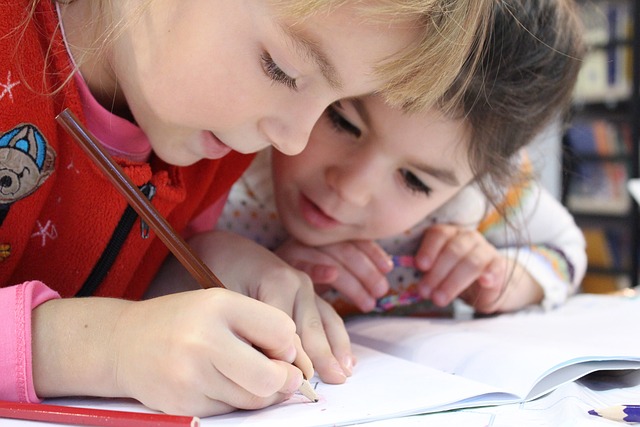Course Detail
Principles of Handwriting

Development of Handwriting
Early Childhood: Handwriting development starts early, with children learning to draw shapes and letters. Fine motor skills are strengthened as they practice holding a pencil and forming letters.
Learning Stages: Children typically begin with basic print letters, then move to cursive handwriting as their fine motor skills improve and their ability to form connected letters develops.
Motor Skills and Cognitive Development
Writing by hand involves both fine motor skills (precise hand movements) and visual-spatial skills (understanding letter formation). This strengthens brain activity and aids cognitive development.
Research suggests that writing by hand is linked to better memory retention and learning compared to typing. Handwriting engages areas of the brain responsible for motor control, visual processing, and memory, enhancing understanding and retention of information.
Impact on Learning
Studies show that handwritten notes are more effective for learning than typed notes because writing by hand forces you to process and rephrase the information, aiding comprehension.
Cursive writing, in particular, has been shown to enhance brain development, especially in children, by creating a stronger connection between the brain's motor and cognitive processes.
Handwriting and Mental Health
Journaling or writing by hand can have mental health benefits. It helps with emotional expression, stress reduction, and reflection, offering an outlet for personal thoughts and feelings.
Personalization: The act of writing by hand can be soothing and meditative, fostering mindfulness and relaxation..
Legibility and Communication
Legible handwriting is important for communication in personal, educational, and professional settings. Clear handwriting ensures that the reader can easily interpret the written message.
Poor handwriting can be a barrier to effective communication, especially in academic or professional contexts. In some cases, it may even be a sign of issues like dysgraphia, a learning disability that affects writing ability.
Cultural and Historical Significance
Handwriting styles vary across cultures and time periods. Calligraphy, for example, is a form of decorative handwriting with artistic and historical significance.
Historically, handwriting was the primary mode of communication in written form, from ancient manuscripts to handwritten letters. Today, handwritten documents still hold importance, especially for personal touch and legal matters (e.g., signatures).
Handwriting Analysis
Graphology is the study of handwriting as an indicator of personality traits. Some believe that analyzing the size, slant, pressure, and speed of handwriting can provide insights into a person's emotional state or character.
While controversial, graphology has been used in various fields, including psychology, recruitment, and even forensic investigations.
Improving Handwriting
Practice is key to improving handwriting. Regular exercises like tracing letters, using lined paper, and practicing cursive or print can help refine skills.
Ergonomics: The way you hold the pen, posture, and paper alignment all contribute to the ease and comfort of writing. Ensuring the proper grip and body alignment can improve both speed and legibility..


